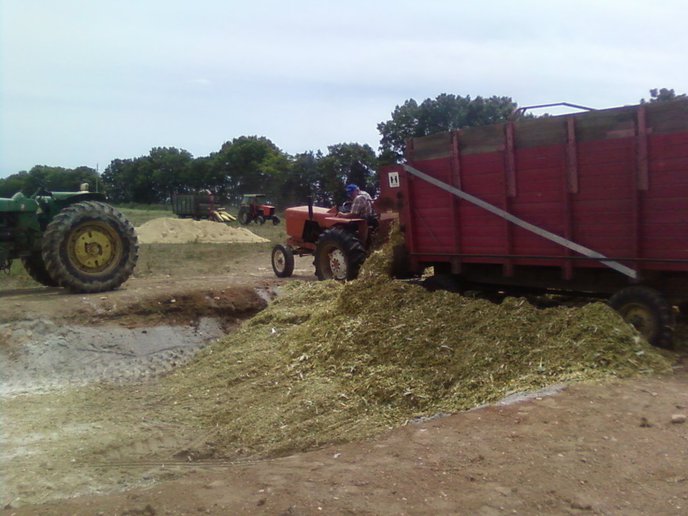Sparktrician
Member
Ok....new adventure here for us....chopping corn for silage....
We have a JD model 35 chopper, 2 row wide head on it.
Opening the field, we are going to run some corn over.....will that chopper / head pick it back up? Going wednesday to get a silage wagon or two....this is all new to us....we have only been green chopping hay for direct feed for 2 years now....
Also, what are anyones recomendations on storing silage in a pile, or making a bunk out of round bales???
Any and all thoughts appreciated....thanks!!!
We have a JD model 35 chopper, 2 row wide head on it.
Opening the field, we are going to run some corn over.....will that chopper / head pick it back up? Going wednesday to get a silage wagon or two....this is all new to us....we have only been green chopping hay for direct feed for 2 years now....
Also, what are anyones recomendations on storing silage in a pile, or making a bunk out of round bales???
Any and all thoughts appreciated....thanks!!!



